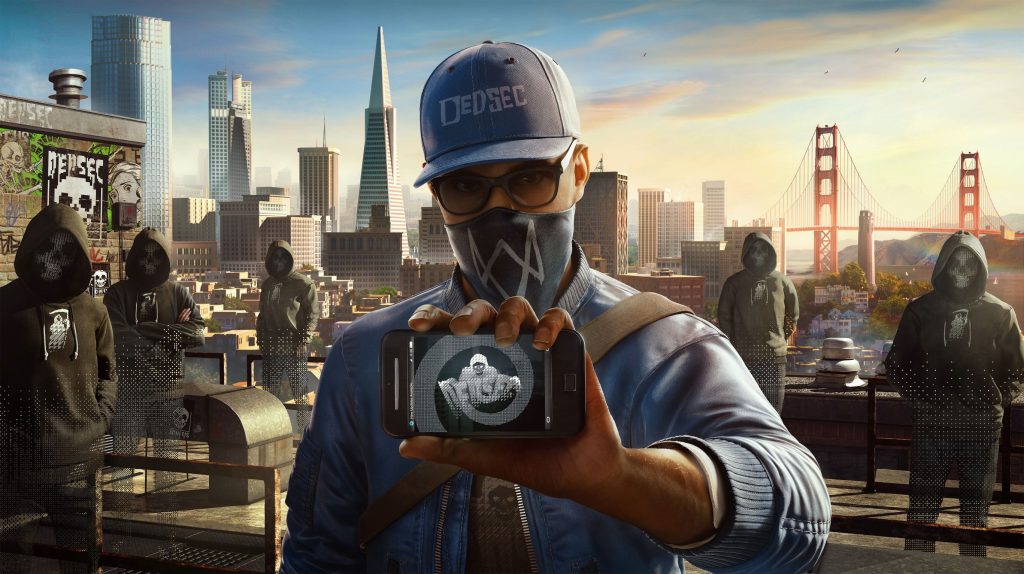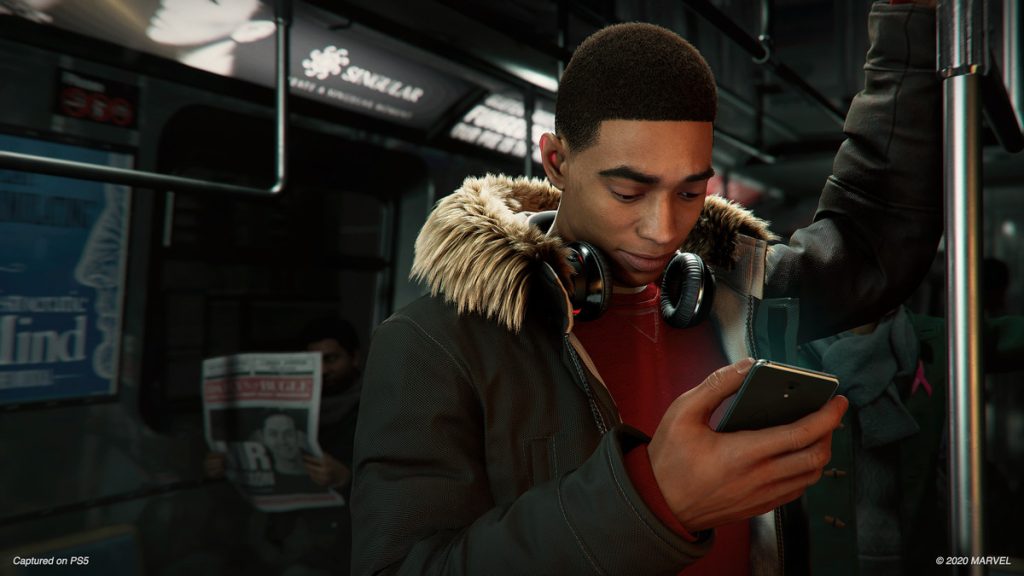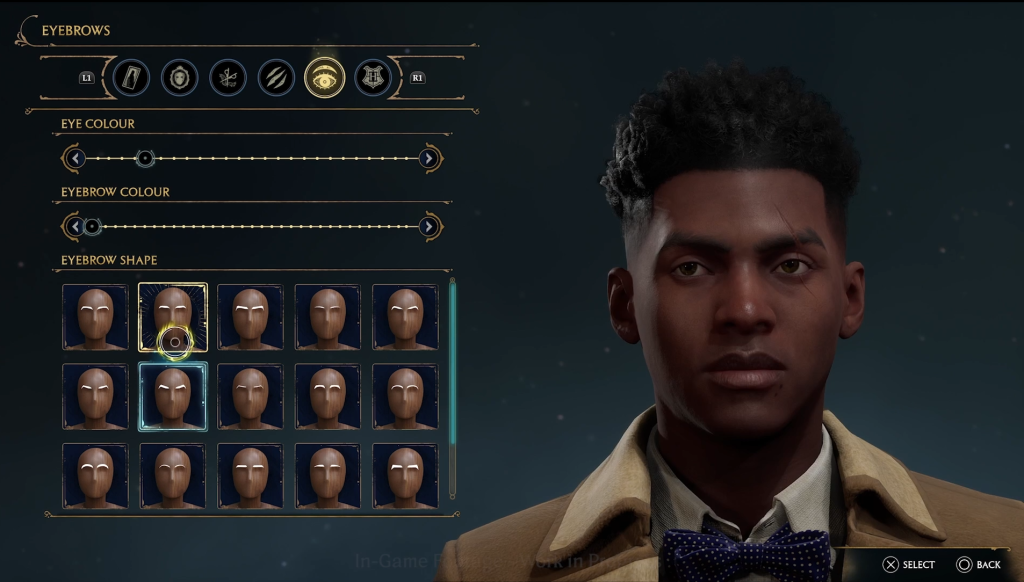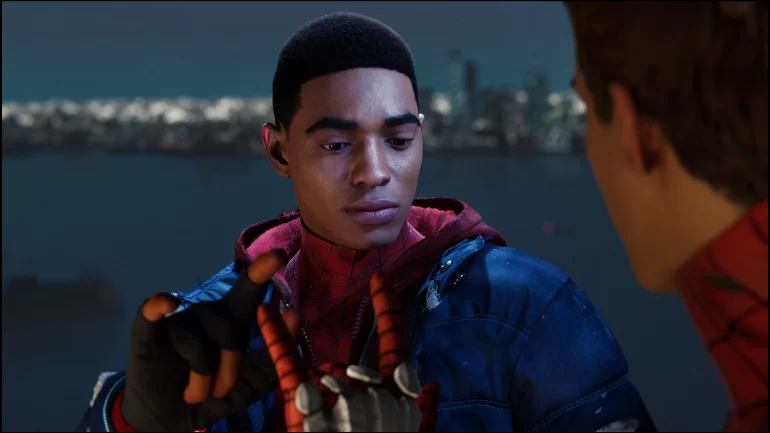One of the biggest ways to immerse players into a game’s world is through character customization. Whether it be through a full-on character creator or just the ability to pick which outfit you want your character to wear, many AAA games have some sort of customization system integrated into their gameplay. Star Wars Jedi: Survivor takes customization to a whole new level, putting it at the forefront of the game’s core focus and gameplay loop.
While still an action hero, Star Wars Jedi: Survivor’s protagonist, Cal Kestis, is essentially a dress-up doll for the player. From his individual clothes, to his hair, and even his facial hair, there’s so much for players to tweak about his style to make it unique to them. One of the major driving factors in exploring Star Wars Jedi: Survivor’s action-packed world is to collect all of the different hairstyles and clothing items that are available and scattered around it.
When playing the game, I constantly found myself exploring every nook and cranny just so that I could find a cool new hairstyle or that really dope bomber jacket I saw on Twitter. It was this extensive personalization of Cal that made me think to myself, “this would be really cool for a black protagonist.”
Black Portrayal in Video Games

While unfortunately few and far between, there have been several games that feature black protagonists. Look at Spider-Man: Miles Morales, Deathloop, and Watch Dogs 2, to name a few. When thinking about how customizable these protagonists are, though, that’s when the numbers start to fall off.
Growing up as a black person surrounded by black culture, customization has been a significant factor in my life since about 12 years old. In real life, it’s not called customization, but rather, fashion, hairstyles, and shoe-game. Black people have used fashion as a way of expressing ourselves for decades. Whether it’s streetwear, vintage, business casual, or just casual, putting a good “fit” together is something that a lot of us value in our day-to-day lives, and it can look different for each person.
It would make perfect sense for a game to make use of that idea of establishing your own fashion style for the character that you play as. Watch Dogs 2 touches on this with the inclusion of a large variety of different style clothes to choose from that you can combine to make its protagonist, Marcus, dress the way you want him to. Despite Watch Dogs 2 being a step in the right direction, there’s still one thing that this game and many others suffer from when it comes to making a black protagonist – the similar hairstyle.
Black Hairstyles in Video Games Need Variety

Of course, style is an idea that isn’t exclusive to black culture, and this is seen clearly through Star Wars Jedi: Survivor’s use of it. You can style Cal Kestis in a wide range of different hairstyles from a mullet, to a swept forward fade, to a man bun. It’s fun to change Cal’s appearance and give him new hairstyles and clothes because there’s so many unique ways that he can look while he fights off the Empire.
That uniqueness is so much more limited when it comes to the majority of black video game characters. So many black protagonists end up having the same short afro or buzzcut that we’ve seen time and time again from characters like Lee Everett from The Walking Dead and Marvel’s Spider-Man’s Miles Morales. It’s a shame because there are so many different black hairstyles to pick from.
There have been a few games that feature fully-fledged character creation that include a decent amount of black hairstyles. When it comes to games with an established main character though, Grand Theft Auto is one of the only franchises to allow players to modify a black character’s hair through GTA V and GTA San Andreas’ barber shops, and even then, the options are dramatically limited.
Creating a game like Star Wars Jedi: Survivor, in which customization of the established main character is a core component of the gameplay experience would allow for a plethora of hairstyles that haven’t ever been on a video game protagonist to make their video game debut. Imagine being able to play a character with two-strand twists or box braids in a AAA action-adventure game – that sounds awesome.
Immersion Through Customization

Creating your own character can be great for inserting yourself into a game’s story, but there’s something to be said about the impact that an established yet customizable main character can have. Star Wars Jedi: Survivor isn’t the only example of this idea. Arthur Morgan from Red Dead Redemption 2 is another character that players can customize to their liking with a wide selection of clothes and haircuts that can make one player’s Arthur look leagues different from another player’s.
For both Cal and Arthur, each player’s character may look different to each other, but they are still essentially the same character that will make the same major choices throughout every playthrough. This style of customization can arguably make a protagonist more memorable than a created character as people will have a name to call back to when discussing the character and how they made them feel. A black protagonist that lets players insert themselves and the styles they like into the character, while also remaining a black character for every single person that plays the game would be a huge win for the black gaming community and the new age of video games.


